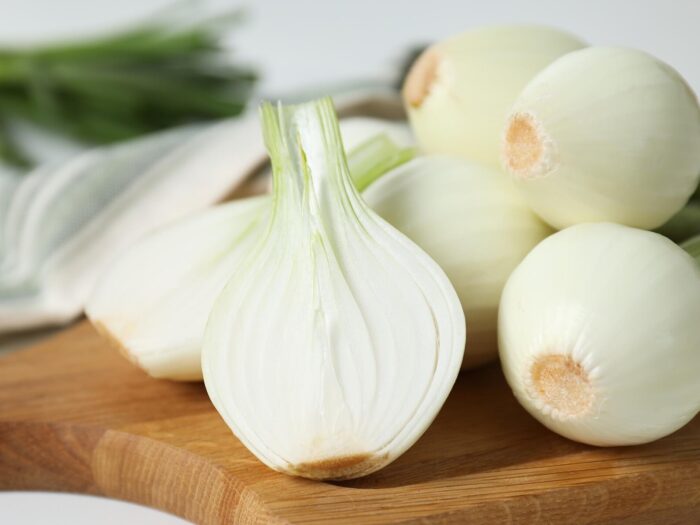Ebenezer Onion: Benefits, How to Grow at Home, Tips, and FAQ The Ebenezer onion is a unique and highly prized variety of onion that stands…
Sourdough Rye Bread Recipe (100% Rye Flour) Sourdough rye bread is a traditional bread made with a combination of rye flour and a sourdough starter.…
Garlic and Rosemary Sourdough Bread: A Savory Twist to a Classic Favorite Sourdough bread is a beloved staple in many households, known for its tangy…
If you’re curious about truffle salt and its delightful flavors, you’re in the right place. Truffle salt is a seasoning that can elevate your dishes…
Truffle butter is a term that has enjoyed a double life. On one hand, it has become a popular culinary delight among food enthusiasts, and…
Whether you’re baking a cake, following a recipe, or working on a science project, temperature conversions are essential—especially between Celsius (°C) and Fahrenheit (°F). One…
